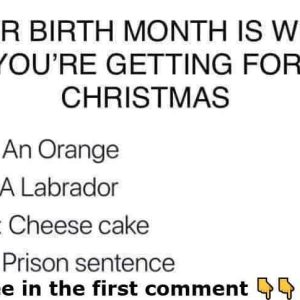What Pirro announced: the arrest and charges
In mid‑August 2025, Jeanine Pirro, the U.S. Attorney for the District of Columbia, announced that Jones — a 50‑year‑old woman from Lafayette, Indiana — had been arrested in Washington, D.C., for allegedly threatening to kill Donald J. Trump.
According to the charges, Jones posted threats on social media under the Instagram handle “nath.jones” (and reportedly also on Facebook), between roughly August 2 and August 9. She allegedly described Trump as a “terrorist,” called his administration a “dictatorship,” blamed him for deaths during the COVID-19 pandemic, and — in at least one explicit threat — said she was “willing to sacrificially kill this POTUS by disemboweling him and cutting out his trachea.”
Following those social‑media posts, Jones reportedly traveled to Washington, D.C., joined a protest near the White House on August 16, and was arrested that day. The charges filed in U.S. District Court included threatening to take the life of, kidnap, or inflict bodily harm upon the President, and transmitting threats in interstate commerce.
Pirro publicly emphasized the severity of the offense, referring to “one of the most serious crimes” and promising “swift and unwavering prosecution.” She also thanked law‑enforcement partners, including the Secret Service, for their role in the arrest.
What Jones allegedly did: threats and admissions
Court documents show that between early and mid‑August, the Instagram user “nath.jones” made several posts threatening Trump. In one post addressed to the FBI, she allegedly said she was prepared to kill the president with a bladed object. In another post to the U.S. Secretary of Defense, she allegedly demanded “the arrest and removal ceremony” of Trump, labeling him a terrorist.
When questioned by the Secret Service on August 15 (voluntarily), Jones reportedly called Trump a “terrorist” and a “Nazi,” admitted to owning the threatening social media accounts, and said that if given the chance, she would kill him. The next day, after the protest near the White House, she was arrested.
At the time of arrest, prosecutors characterized her actions as serious and intended to “eliminate” the president.
Legal turn: grand jury refusal & case dropped
Despite the gravity of the allegations and the fact that Jones reportedly admitted making the threats, a federal grand jury in Washington, D.C., later declined to indict Jones.
Following the grand jury’s decision, prosecutors with Pirro’s office asked a judge to dismiss the case “in the interests of justice.” The motion noted that no additional presentations were made to the grand jury after the initial refusal. Her attorneys argued that Jones’s statements should be viewed in the context of free speech protections, and sought dismissal “with prejudice” to prevent refiling.
A judge complied: Jones was released under electronic monitoring/home detention after having been held without bond for a short time.
Reaction from Pirro: Criticism of the grand jury decision
Following the refusal to indict, Pirro sharply criticized the grand jury’s decision, calling it “the essence of a politicized jury.” She argued that Jones’s intent had been clear — she had traveled across states to carry out threats, and even reaffirmed them to the Secret Service.
Pirro framed the decision as another example of “the system … broken on many levels,” suggesting that political bias — not lack of evidence — lay behind the grand jury’s refusal to proceed.
What this development tells us — and what remains uncertain
This case raises serious questions about the handling of threats against public officials, free‑speech protections, and the threshold for indictment. On one hand, the posts and admissions by Jones appear explicit and violent, describing concrete intent to kill the president — in U.S. courts, such threats generally qualify as federal offenses. On the other, the grand jury’s refusal to indict suggests either that jurors found the evidence ambiguous or insufficient, or that they had concerns about overcriminalizing speech, even if extreme.
The decision to drop charges underscores tensions between prosecutorial ambitions — especially under a politically charged law‑enforcement environment — and the reality of legal thresholds. That this occurred even with reportedly repeated threats and admissions complicates public messages about “swift justice” for threats against leaders.
Moreover, the case adds to scrutiny of grand juries in Washington, D.C., with some commentators noting that recent refusals to indict in politically sensitive cases may indicate juror pushback against prosecutorial overreach.
For Jones herself — and for public safety policy more broadly — the outcome may be unsettling: despite serious allegations that triggered an FBI/Secret Service investigation and arrest, no trial will proceed. That raises concerns about deterrence, consistency, and accountability when it comes to threats against powerful public figures.



